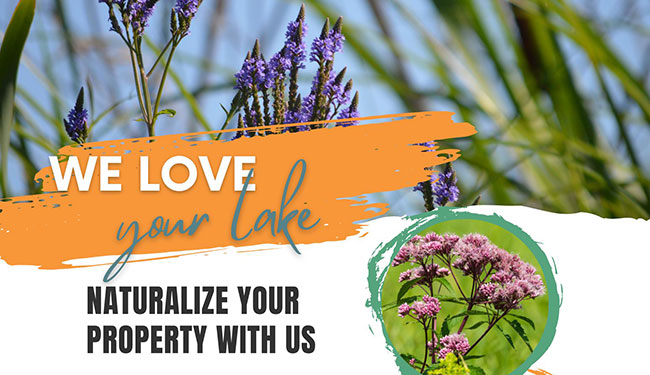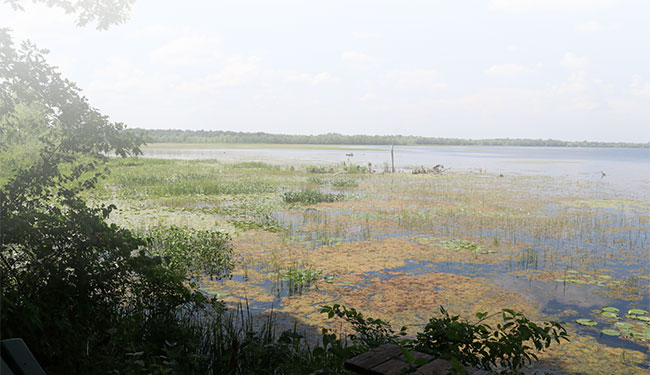Shoreline Restoration

For most people, when they think about their cottages or homes in Ontario’s “cottage country”, the first thing they think about is the lake! Campfires by the lakes, drinks on the dock, boating, fishing – so many things we love about this area revolve around being on or near the water. This is especially true […]
It’s time to start thinking about planting

Planting natives, that is. Along your shoreline, most importantly. And Watersheds Canada is here to help. First of all, a bit of background reading to while away the final (we hope!) stormy days of winter: a guide to the science behind naturalized buffers, appropriately titled The Science Behind Vegetated Shoreland Buffers. And for some political […]
